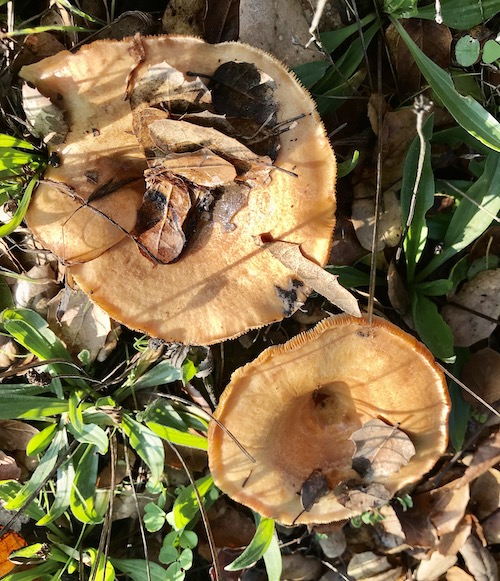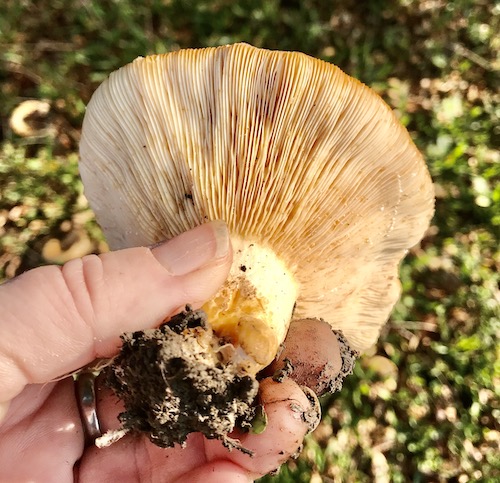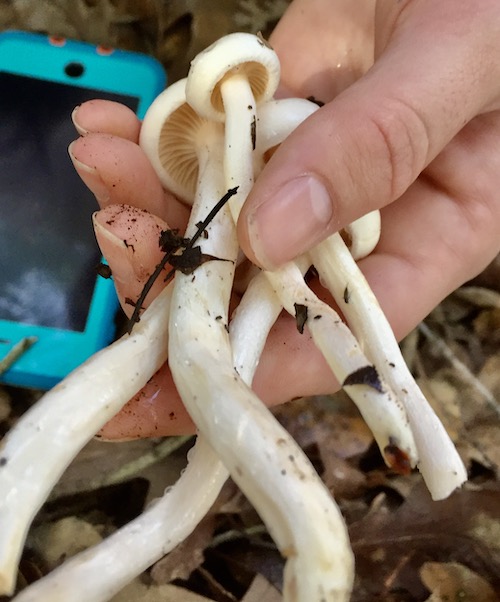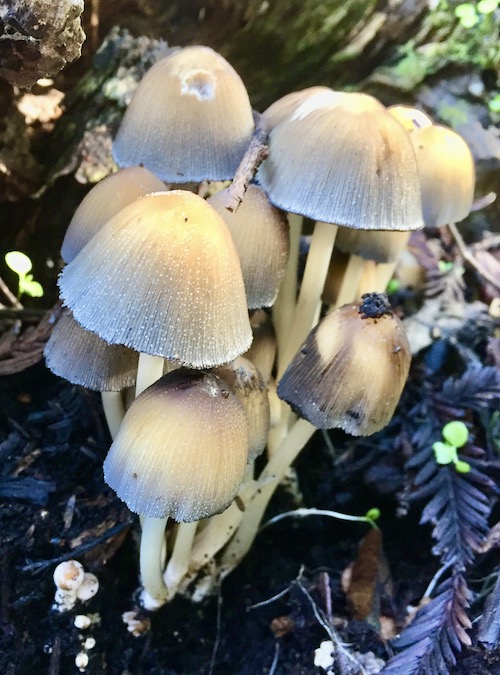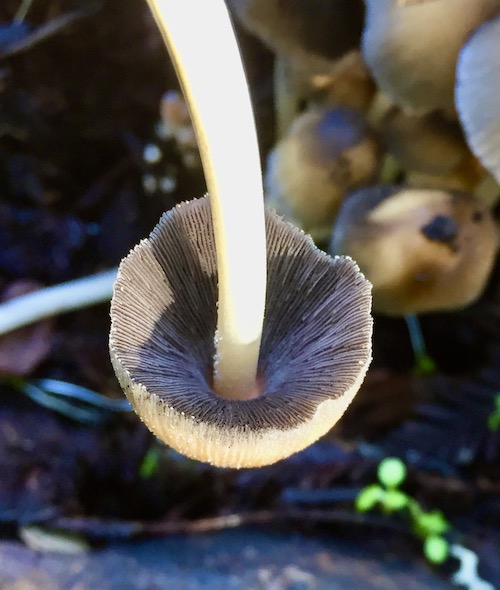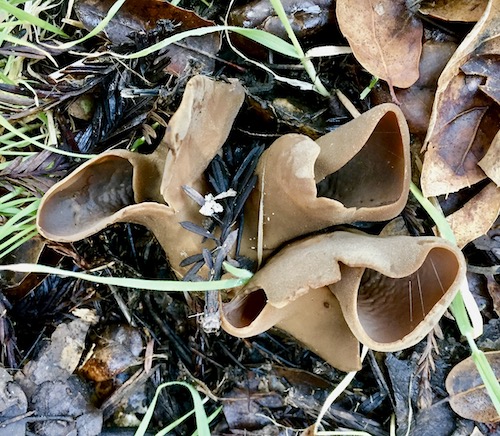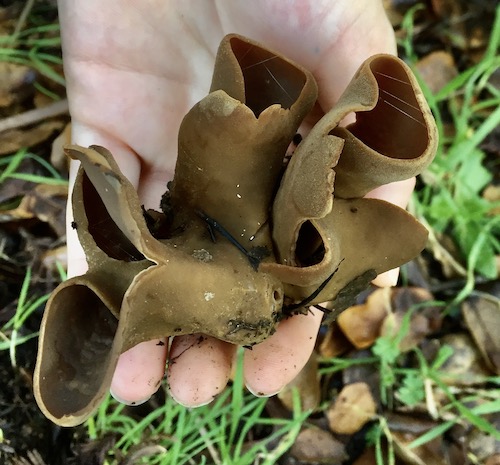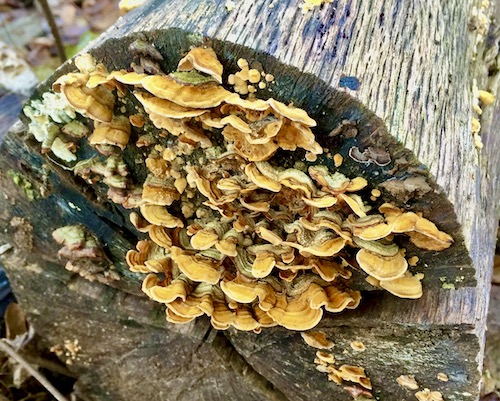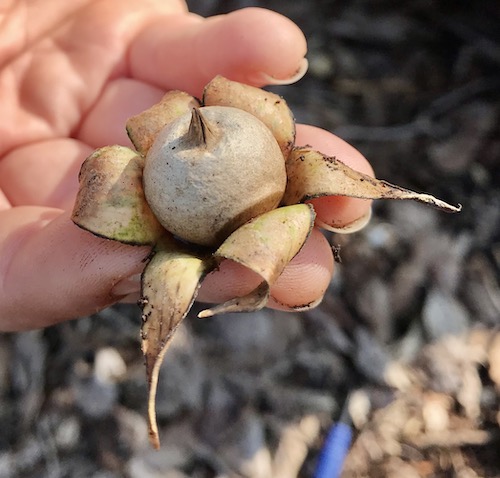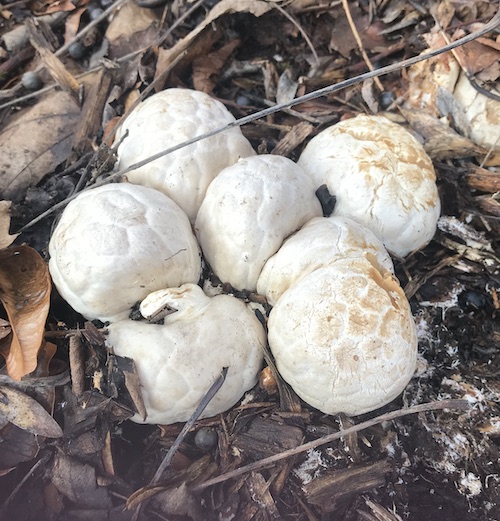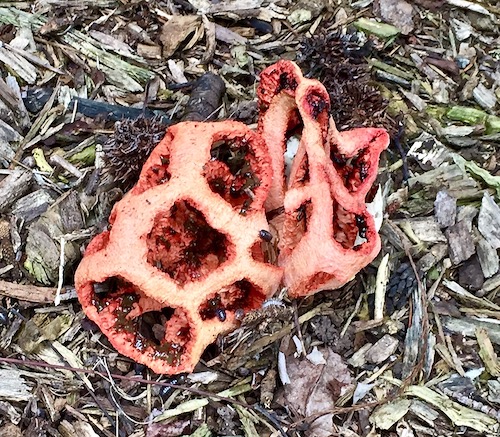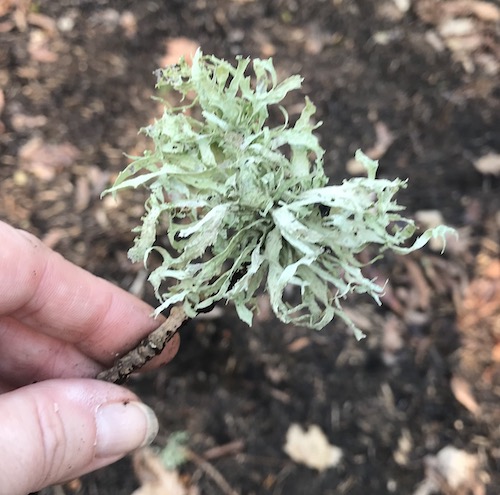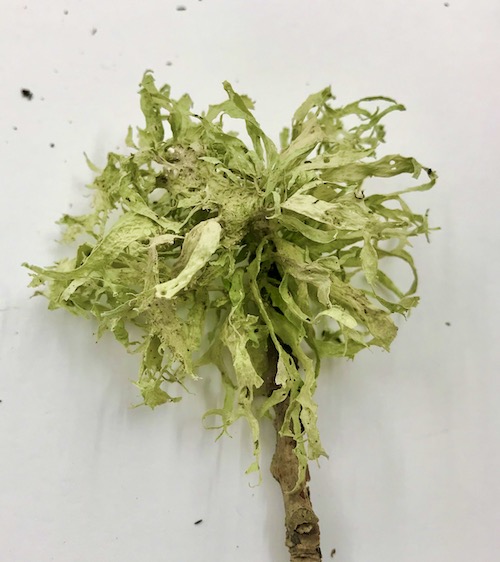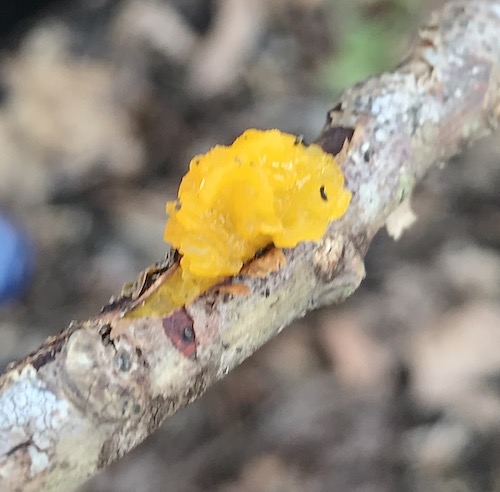This week we will explore the biological diversity of several groups of organisms, including plants, protists, and fungi.
Email your completed worksheet to your lab instructor.
Plant Diversity
Watch the video below, and label the diagram in the worksheet.
Protist Diversity
View the organisms shown in the video, provide an identification, and answer the associated questions. Pause and rewind as much as needed to answer the first group of questions.
Begin by finding them on the simple ID sheet posted below, and then looking for more information at the following websites:
- https://microscope-microscope.org/pond-water-critters-protozoan-guide/
- http://www.microscopy-uk.org.uk/index.html?http://www.microscopy-uk.org.uk/pond/index.html
- You may also wish to do a Google search for additional information once you have a guess as to the ID
Questions
1. What is this organism’s number (from the black screen on the video)?
2. Identification – What type of organism is it?
3. Is it single-celled, or multicellular?
4. Describe how it moves. Does it have structures for movement?
5. Do you think this organism performs photosynthesis? Why or why not?
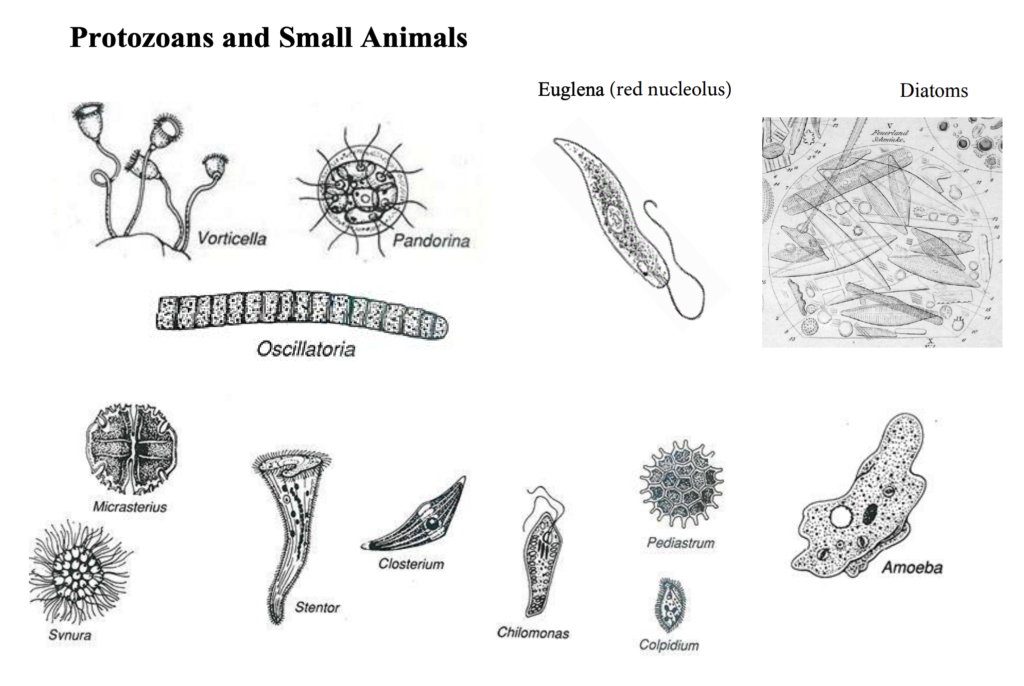

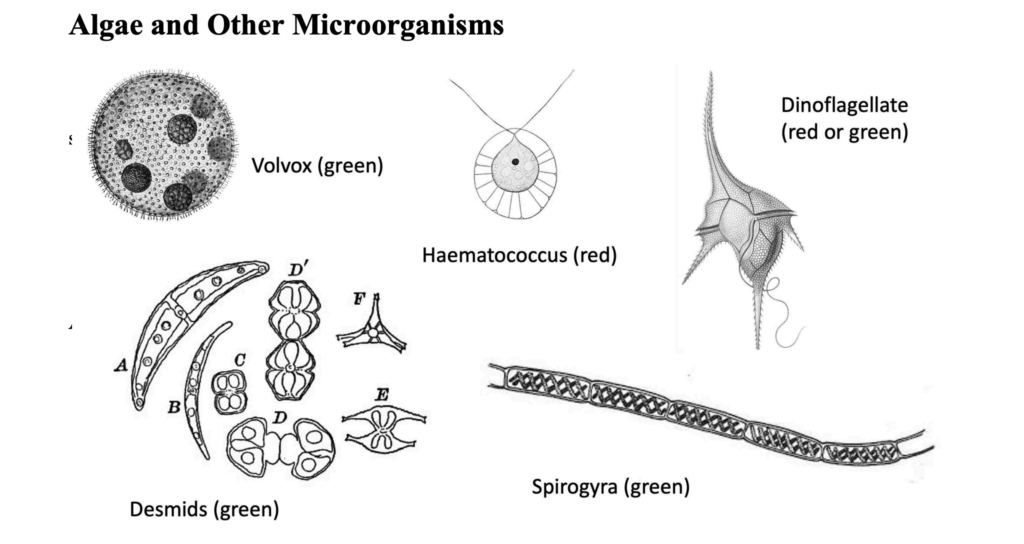
Follow up questions:
- Do you think all of the species we viewed under the microscope today are very closely related to one another? Explain your answer.
- What did all the organisms viewed today have in common, in terms of their habitat?
Mushroom Excursion
Today, you are going to go on a virtual mushroom foraging excursion on the Sonoma State University campus. Once you return “home,” you will need to identify the specimens you collected, using the dichotomous key found here: Dichotomous Key to Major Groups of Fungi. You will not be trying to identify these ten specimens to species level, but will focus on discerning between the major groups of fungi that can be found on our northern California campus.
Specimen #1
You begin your excursion by walking past the Wine Spectator building, and into the Native Plant Garden to the east of the campus lakes. You find this mushroom growing among some leaf litter and small herbaceous plants.
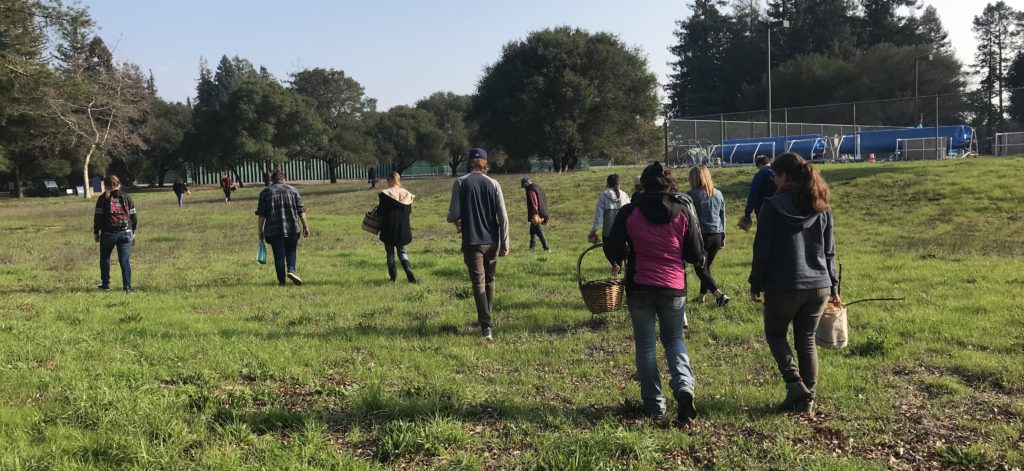
Specimen #2
Nearby, you discover an unusually shaped mushroom. While it does have a stipe and a cap, the cap in particular is strangely shaped. Looking closely, you notice deep grooves along the stalk.
Specimen #3
You notice this cluster of delicate mushrooms growing on the ground. When you brush away some of the leaf litter, you realize the stalks are a lot longer than they looked at first glance.
Specimen #4
You decide to take a walk along the path that parallels Copeland Creek. Here, you find another cluster of mushrooms. This variety seems to be quite common in the area.
Specimen #5
Also near the creek, there are several specimens – large and small – of this particular fungus.
Specimen #6
This colorful fungus was found growing on the side of a fallen log.
Specimen #7
As you start heading back toward Darwin Hall, you find this specimen near the Commencement Lawn. Is this even a fungus?
Specimen #8
Dinosaur eggs. That’s what these looked like at first. Then, nearby, you notice that some of them have begun to open up, revealing a cage-like formation inside. They give off a vaguely foul odor.
Specimen #9
When you see this specimen near Rachel Carson Hall, something tells you that it’s not a plant, even though it has very thin “leaves.”
Specimen #10
Your final specimen of the day, you find this brightly-colored glob clinging to a branch.

All photos are © W.A. St. John, and were taken on the Sonoma State University campus.

